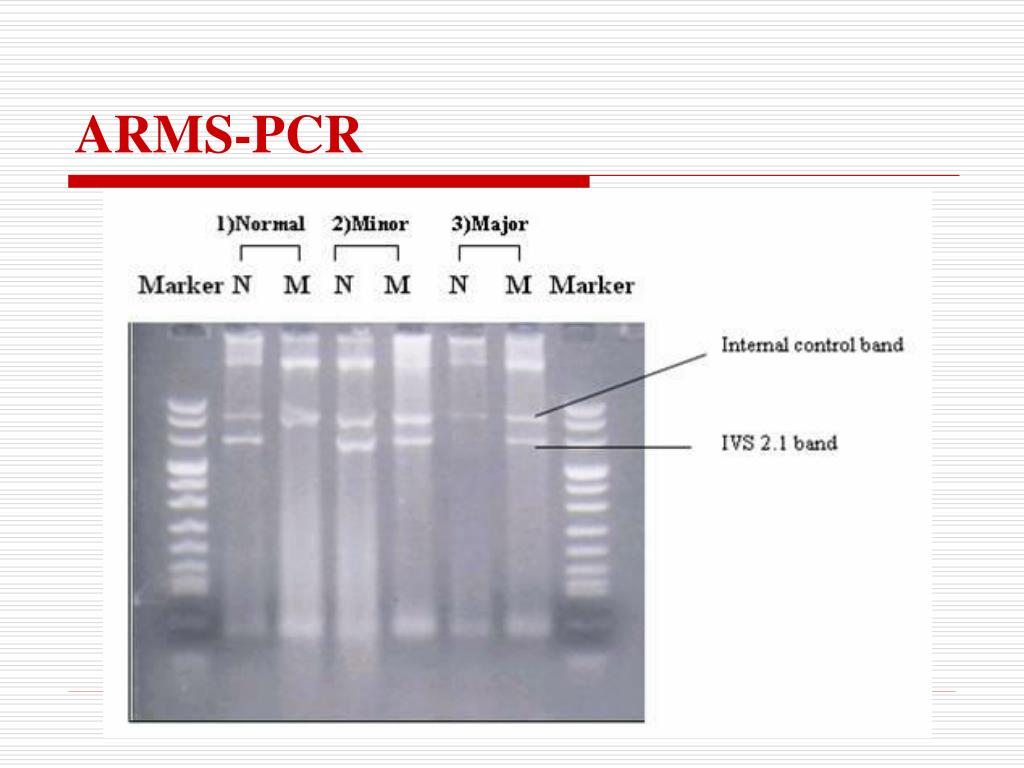

Kong, F., Gowan, S., Martin, D., James, G. Multiplex PCR-based reverse line blot hybridization assay to identify 23 Streptococcus pneumoniae polysaccharide vaccine serotypes. Kong, F., Brown, M., Sabananthan, A., Zeng, X. Simultaneous detection and serotype identification of Streptococcus agalactiae using multiplex PCR and reverse line blot hybridization. Multiplex PCR: optimization and application in diagnostic virology. Choosing an appropriate bacterial typing technique for epidemiologic studies. Development of a DNA microarray to identify the Streptococcus pneumoniae serotypes contained in the 23-valent pneumococcal polysaccharide vaccine and closely related serotypes. Use of a serotype-specific DNA microarray for identification of group B Streptococcus ( Streptococcus agalactiae). High-throughput method for detecting genomic-deletion polymorphisms. Simultaneous determination of polymorphism in N-acetyltransferase 1 and 2 genes by reverse line blot hybridization. High and intermediate resolution DNA typing systems for class I HLA-A, B, C genes by hybridization with sequence-specific oligonucleotide probes (SSOP). Simultaneous detection and identification of Candida, Aspergillus, and Cryptococcus species by reverse line blot hybridization. Application of a reverse line blot assay to the study of haemoparasites in cattle in Uganda. Oura, C.A., Bishop, R.P., Wampande, E.M., Lubega, G.W. GP5+/6+ PCR followed by reverse line blot analysis enables rapid and high-throughput identification of human papillomavirus genotypes. Simultaneous detection and genotyping of “Norwalk–like viruses” by oligonucleotide array in a reverse line blot hybridisation format. Simultaneous detection and strain differentiation of Mycobacterium tuberculosis for diagnosis and epidemiology. Rapid typing of group A Streptococci by the use of DNA amplification and non-radioactive allele-specific oligonucleotide probes. Origin and utility of the reverse dot-blot. Multiplex polymerase chain reaction: A practical approach. Multiplex PCR: Critical parameters and step-by-step protocol. Henegariu, O., Heerema, N.A., Dlouhy, S.R., Vance, G.H. The assay takes about one and half working days to complete about 4 h for the mPCR and 6 h for the RLB, including a total of 4 h 'hands-on' time. Development of each assay involves (i) careful primer and probe design, based on literature and sequence database searches, which are critical to success of the assay and (ii) bench-top evaluation, using known samples, controls and dilution series, to confirm sensitivity, specificity and reproducibility. We have used the protocol to identify and subtype bacteria, viruses and fungi and identify pathogens in clinical specimens potentially, it could be used for many other applications, such as detection of mutations in, or identification of alleles of, eukaryotic genes. The number of targets is adequate for epidemiological and most clinical diagnostic applications based on the same target (43) and specimen numbers (43), it is much more practical than conventional uniplex PCR (uPCR) and mPCR. It is more flexible and less expensive than DNA microarray. Combining multiplex PCR, sequentially, with reverse line blot hybridization (mPCR/RLB) is a convenient, objective way to identify up to 43 targets in 43 individual specimens simultaneously (using a 45-lane membrane format).


 0 kommentar(er)
0 kommentar(er)
